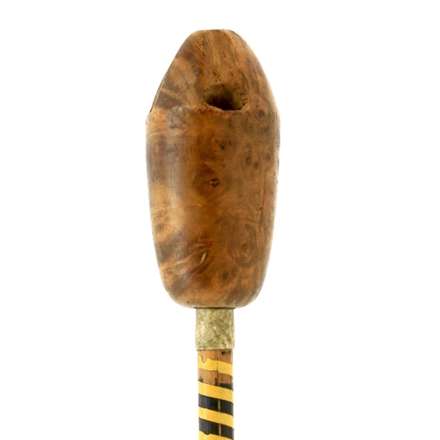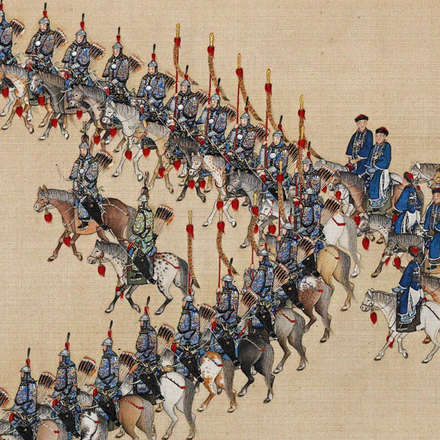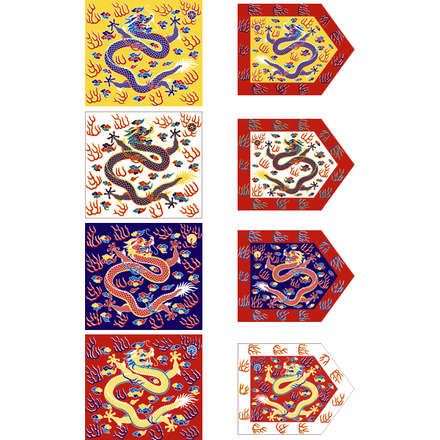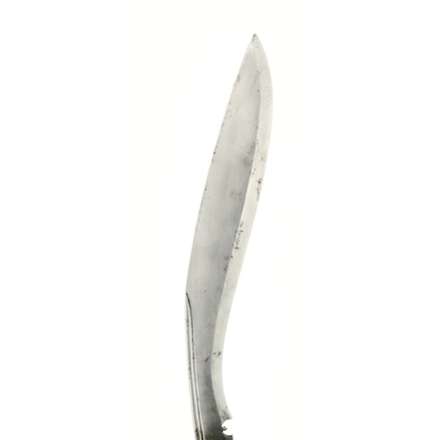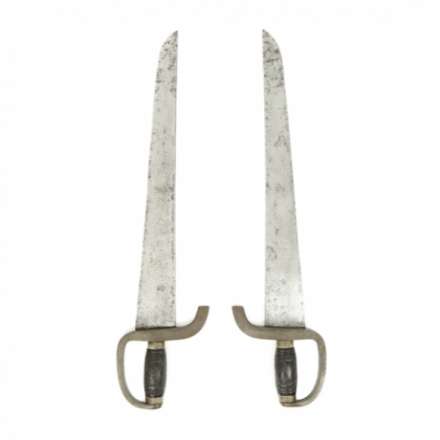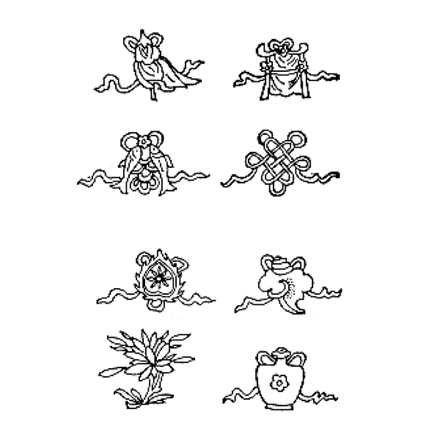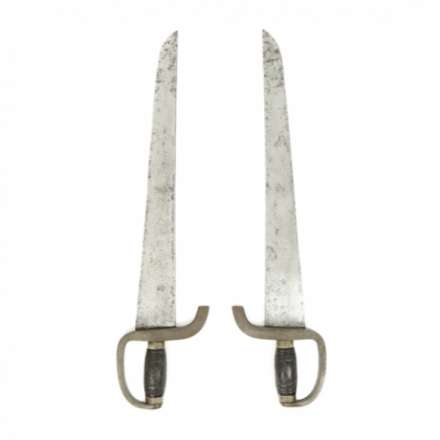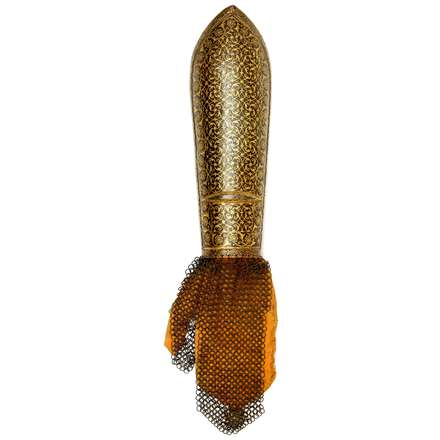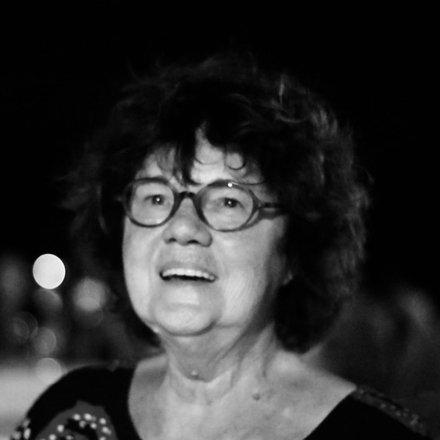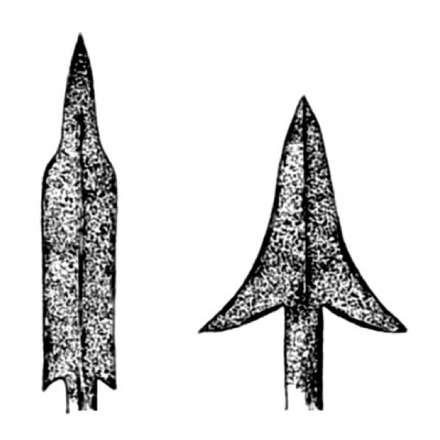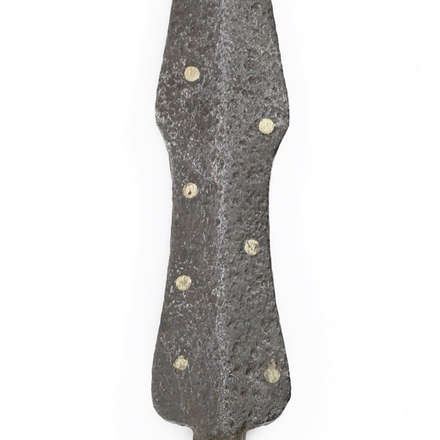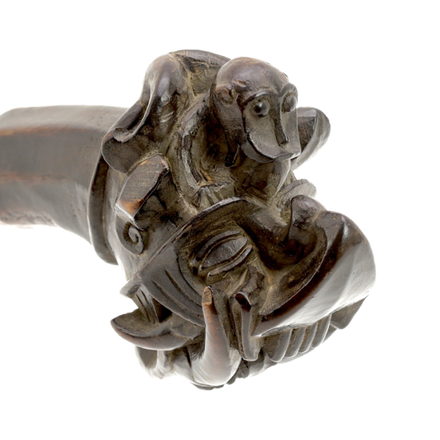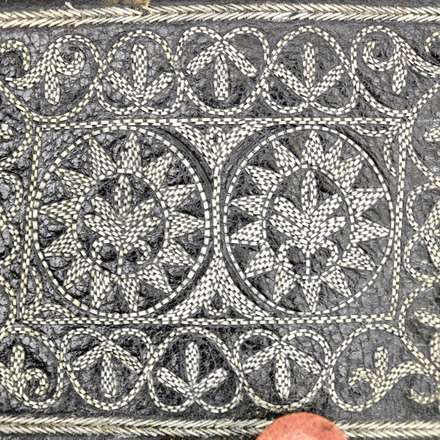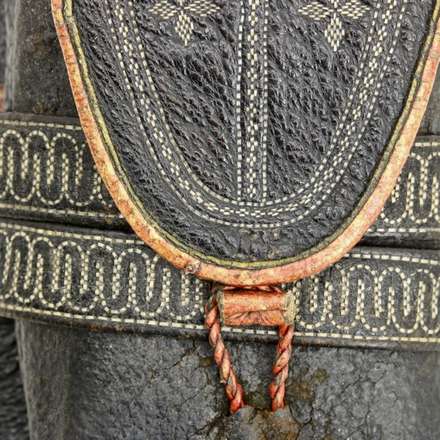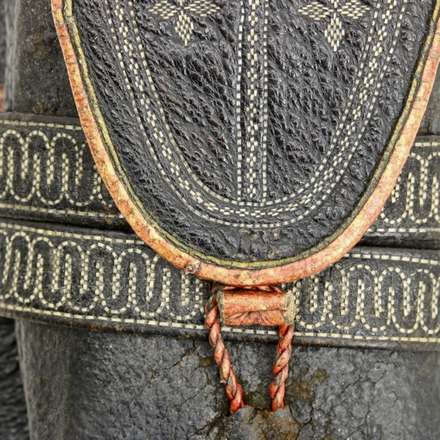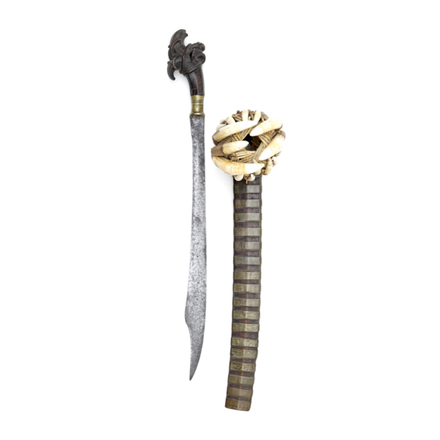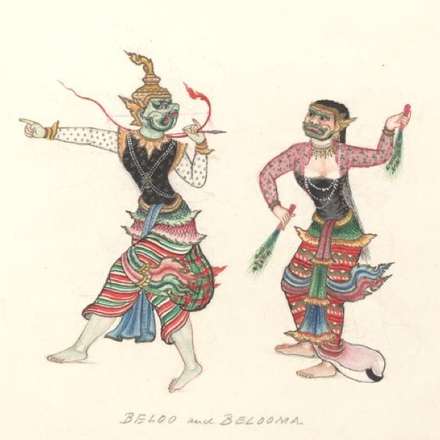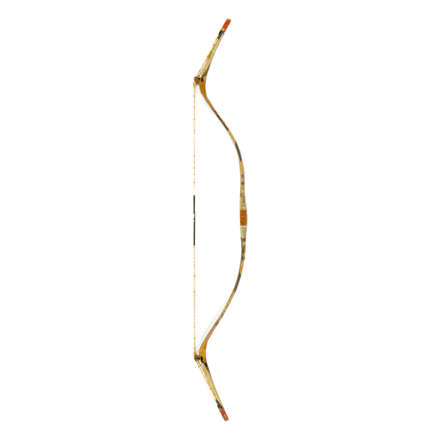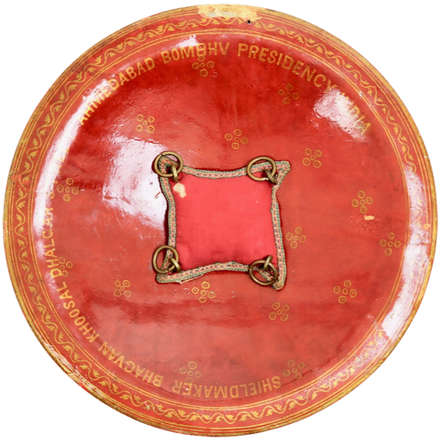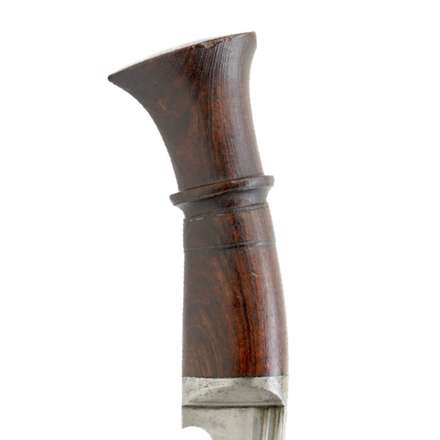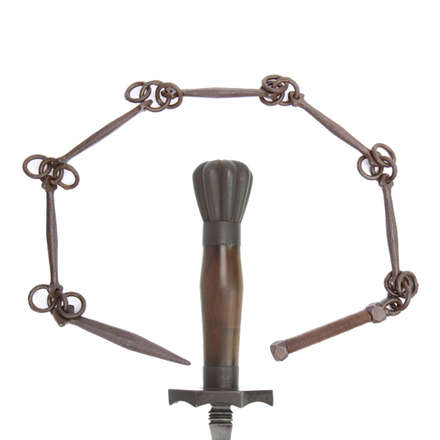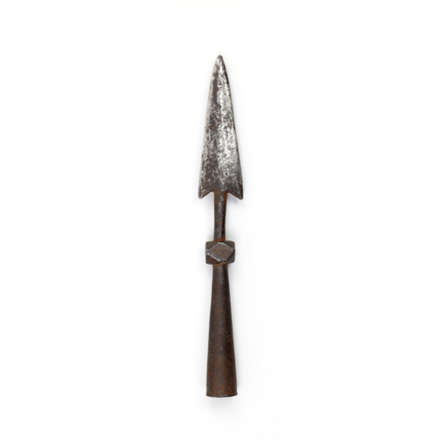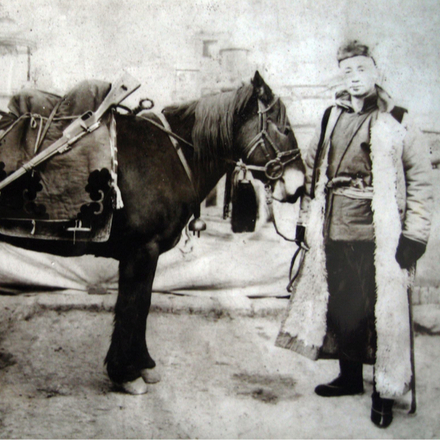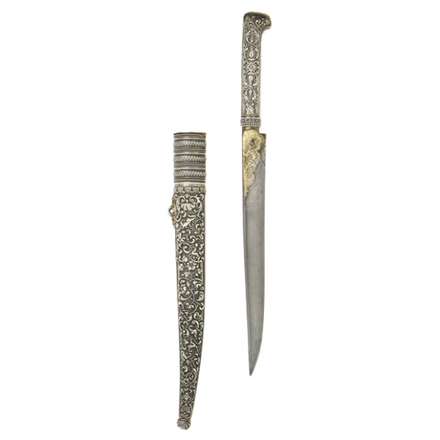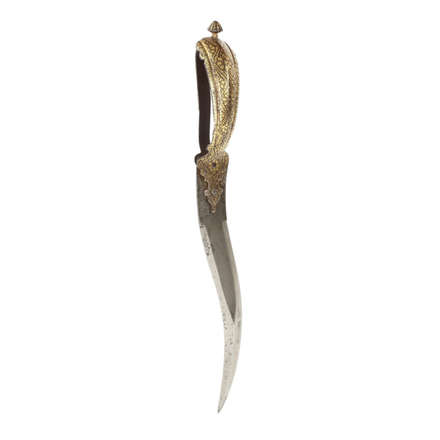Chinese name for a class of arrows with a large, non-ferrous head. Many are whistles, some are blunts.
A Qing imperial honor guard selected from war heroes and descendants of war heroes of the Upper Three Banners.
Administrative divisions under which all Manchu households were placed during the Qing dynasty.
Nepali term for the blade of a khukurī.
Cantonese pronunciation for bāzhǎndāo, an alternative name for húdiédāo.
Eight figures from Chinese Daoist mythology.
Alternative name for the húdiédāo.
Persian word for a piece of lower arm protection.
My dear mother, ever further removed from me by the relentless passing of time.
An old Javanese word for a type of arrow with a large spearhead shaped arrowhead.
The Seven Stars of the "the Big Dipper". An important constellation in traditional Chinese philosophy and religion.
Nias name for the monkey-like figure carved on some sword hilts.
Nepali word for scrollwork embroidery on a khukuri scabbard.
Nepali word for scrollwork embroidery.
Nepali word for scrollwork embroidery on a khukuri scabbard.
Generic Nias word for "knife" or "sword".
A mythical Burmese, shape-shifting creature.
A shield maker at Dhalcar street, Ahmedabad, India.
Nepali word for Chinese Magnolia, the wood used for khukurī handles.
Literally: "whip". Describes actual whips but also iron chain weapons and rigid bar-maces.
Language: Mandarin Chinese
Source: Pleco dictionary. Old photos.
In Turkish, bichaq literally means "knife".
The Bichuwa is an Indian dagger with a looped hilt and recurved blade.

